Sino nga ba ang hindi pa nakatikim ng PASTILLAS? Kilala akong taga-Bulacan ng mga ka-klase ko noon sa UP, at ng mga katrabaho ko sa opisina. Tuwing malalaman nilang uuwi ako ng Bulacan, ang karaniwang biro ay, “Uy! Uwian mo kami ng pastillas!” (Minsan ay chicharon, pero, sa ibang article na yon … hehehe.)
Read: Chicharon: Read about this SUPER YUMMY, CRUNCHY Treat from Sta. Maria
Pastillas (sometimes called pastillas de leche; or even pastillas San Miguel) are milk-based confectionary or candies that are usually served as desserts. This sweet treat originated from San Miguel, Bulacan, and has spread to other parts of the province, and the country.
Read: What is Bulacan famous for?
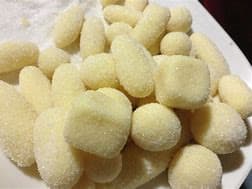
This was originally made at home by carabao-raring farmers as a small scale industry. The recipe soon evolved to the use of cow’s milk, and eventually, even to other forms of milk (like condensed or powdered milk). However, the original recipe for using carabao’s milk allows for a creamier and smoother end product. Milk is then mixed with refined sugar. An optional ingredient is a bit of calamansi juice.
Recipe of Authentic Pastillas / Pastillas de Leche
Ingredients:
- 1 liter of pure carabao milk (or cow or goat milk)
- ¾ cup sugar (½ cup sugar if using cow or goat milk)
- 1 teaspoon cornstarch
Step by step directions:
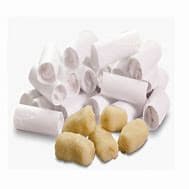
- Pour one liter of fresh milk into a pan. Add the sugar.
- Add ½ teaspoon of cornstarch into the mixture, making sure everything is well-stirred.
- Put the pan over medium heat. Stir slowly and continuously until the milk-and-sugar mixture thickens a bit. Once the mixture is thick, lower the heat.
- Continue stirring the gooey milk mixture over low heat until it forms into a ball that can be scooped off the pan with a ladle.
- Put the mixture into a bowl. Let it cool.
- While waiting for the Pastillas de Leche to cool, sprinkle ½ teaspoon of cornstarch on a cutting board.
- Once cool, roll a small lump of pastillas into a log.
- Trim to desired length or size.
- Cut pieces of bond and Japanese paper.
- Place each piece of pastillas into Japanese paper. Then, wrap each of them once more with bond paper.
(Source: Delishably website)
Today, making these sweet treats would also include other recipe variations, such as the choice/type of milk used; type of sugar used; addition of other flavors (like cheese, ube, fruits, marshmallows, etc.); addition of caramel syrup at the base; different shapes and sizes; and even the manner of cooking (making of the toasted variation)
The Pastillas Pabalat
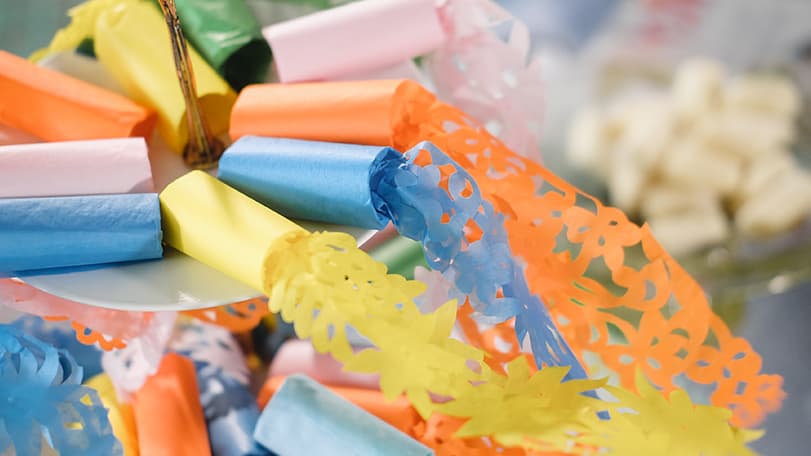
Pabalat means literally means skin / wrapper in Filipino. The usual pastillas wrapper can be made of plain Japanese paper or even colored cellophane.
However, traditionally, the pastillas is wrapped in special decorated paper. Pabalat is a form of papercutting originating in the province of Bulacan. It involves making intricate papercut designs from wrappers used in pastillas, usually papel de hapon or Japanese paper.
Among the well-known practitioners of the craft are Luz and Naty Ocampo. The artisans who make these may use a stencil, or may be directly cutting the intricate designs free-style (even without drawing on the paper first) using razor-sharp cuticle scissors.
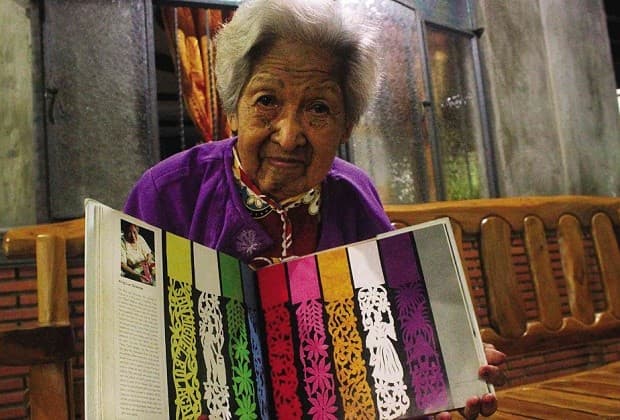
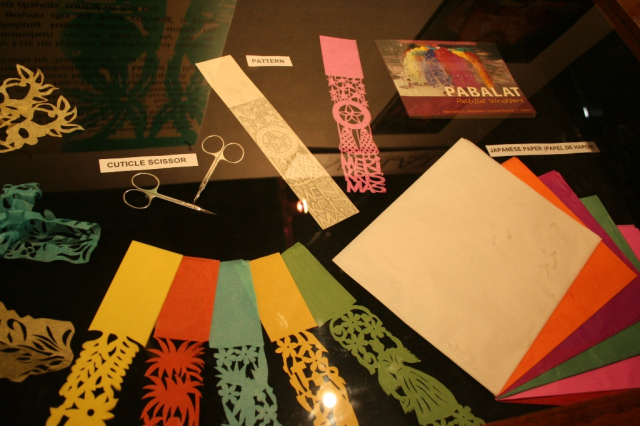
In her interview with The Philippine Star, Aling Nene Luz Ocampo, when asked what part of the design is most difficult — talking about the exceptionally elaborate cuttings she had displayed, replied: “The tiny circles in the center of the flowers, and the folds on the Spanish dresses,” she says showing me cut-outs of these two patterns, which are stunning.
The silhouette of a Spanish maiden waving a fan is surrounded on the top and bottom by three seven-petaled flowers and an ornamental border. Another wrapper has seven flowers interspaced with intricate designs, and a third portrays a young man pounding rice. Long-tailed adarna birds soaring through the air, tinikling dancers, and felicitations – Mabuhay, Maligayang Pasko, Happy Birthday, and I love you – adorn others.
Unfortunately, this intricate art is on the verge of extinction. Due to the art’s tediousness, few takers are willing to follow the footsteps of the pabalat masters. At present, most of the pabalat makers in San Miguel are senior citizens in their 70s or 80s. In contrast, others have transferred to Malolos, Bulacan, the province capital, to put up more lucrative pastillas and other sweets businesses, attracting several customers ranging from balikbayans to local and foreign tourist hotels and catering companies.